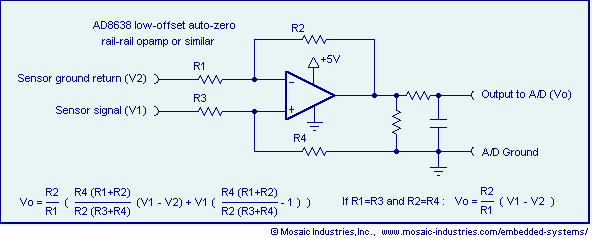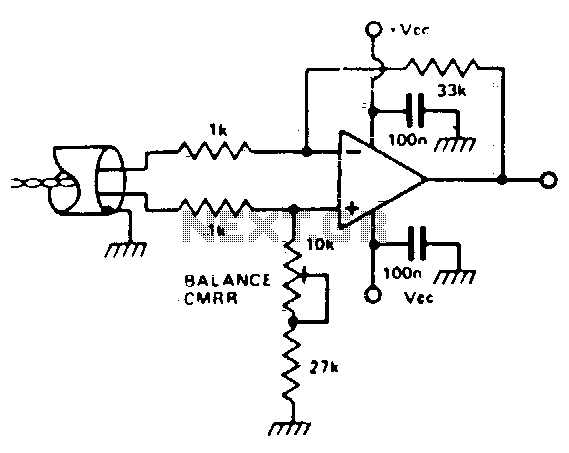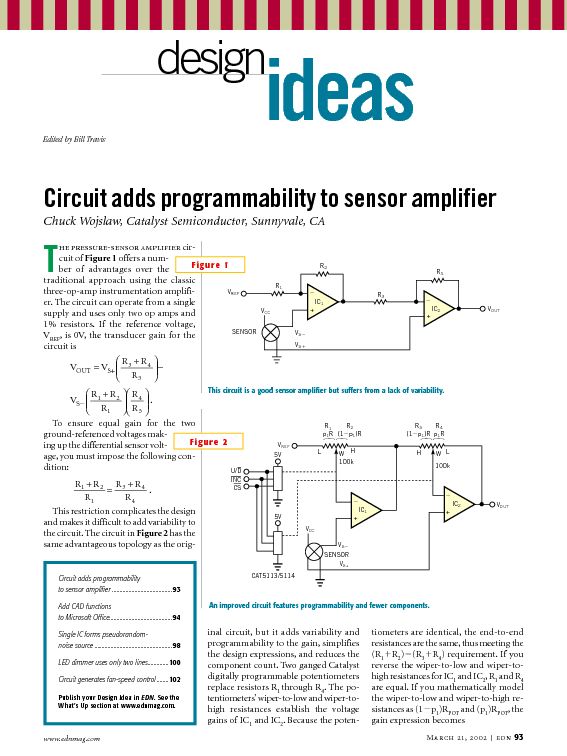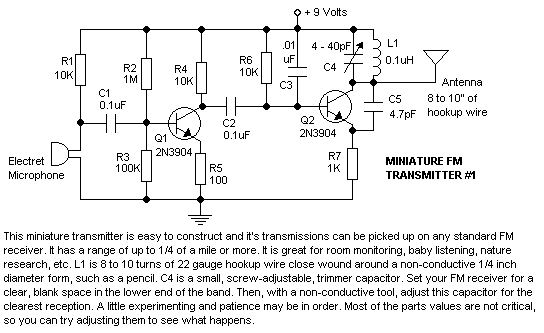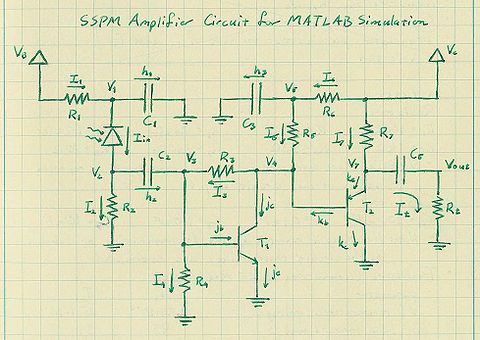
Mini Guitar/Bass Amplifier
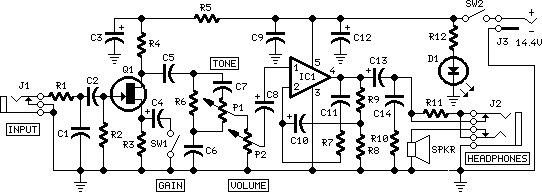
Tiny, portable guitar amplifiers are beneficial for practice while on the go and in bedroom or living room environments. Typically, they can be powered by batteries and include a headphone output. This project incorporates an FET input circuit with a high/low sensitivity switch, followed by a passive tone control circuit suitable for guitar or bass. After the volume control, a 6W IC power amplifier is utilized, powered by a 12-14V DC external supply adapter or batteries, and drives a 4-ohm loudspeaker with a diameter of 10 or 13 cm (4"/5"). Private listening through headphones is also possible.
The design of the tiny, portable guitar amplifier focuses on compactness and versatility, making it an ideal solution for musicians who require mobility without sacrificing sound quality. The FET (Field Effect Transistor) input circuitry is crucial for achieving high input impedance, which minimizes loading on the guitar's pickup and preserves the tonal characteristics of the instrument. The inclusion of a high/low sensitivity switch allows users to adapt the amplifier's input to different types of guitars or basses, enhancing compatibility and performance.
The passive tone control circuit offers users the ability to shape their sound by adjusting treble and bass frequencies, providing a tailored listening experience. This feature is particularly advantageous for musicians who wish to experiment with different tonal qualities while practicing.
The volume control stage ensures that the output level can be adjusted to suit various environments, from quiet practice sessions at home to louder settings. The 6W IC power amplifier is designed to deliver sufficient power to drive a 4-ohm loudspeaker effectively, producing clear and robust sound output. The choice of a 10 or 13 cm (4"/5") diameter speaker balances portability with sound quality, allowing for a full range of acoustic performance.
Powering the amplifier with a 12-14V DC external supply adapter or batteries provides flexibility in usage scenarios, enabling it to function in locations without access to mains electricity. The option for battery operation enhances the amplifier's portability, making it suitable for outdoor performances or practice sessions away from home.
Additionally, the headphone output allows for private listening, making it possible for users to practice without disturbing others. This feature is particularly useful in shared living spaces or during late-night practice sessions. Overall, this portable guitar amplifier design combines practicality with functionality, making it an essential tool for musicians seeking a compact solution for their practice needs.Tiny, portable Guitar Amplifiers are useful for practice on the go and in bedroom/living room environment. Usually, they can be battery powered and feature a headphone output. This project is formed by an FET input circuitry, featuring a High/Low sensitivity switch, followed by a passive Tone Control circuit suitable to Guitar or Bass.
After the V olume control, a 6W IC power amplifier follows, powered by a 12-14V dc external supply Adaptor or from batteries, and driving a 4 Ohm 10 or 13cm (4"/5") diameter car loudspeaker. Private listening by means of headphones is also possible. 🔗 External reference
The design of the tiny, portable guitar amplifier focuses on compactness and versatility, making it an ideal solution for musicians who require mobility without sacrificing sound quality. The FET (Field Effect Transistor) input circuitry is crucial for achieving high input impedance, which minimizes loading on the guitar's pickup and preserves the tonal characteristics of the instrument. The inclusion of a high/low sensitivity switch allows users to adapt the amplifier's input to different types of guitars or basses, enhancing compatibility and performance.
The passive tone control circuit offers users the ability to shape their sound by adjusting treble and bass frequencies, providing a tailored listening experience. This feature is particularly advantageous for musicians who wish to experiment with different tonal qualities while practicing.
The volume control stage ensures that the output level can be adjusted to suit various environments, from quiet practice sessions at home to louder settings. The 6W IC power amplifier is designed to deliver sufficient power to drive a 4-ohm loudspeaker effectively, producing clear and robust sound output. The choice of a 10 or 13 cm (4"/5") diameter speaker balances portability with sound quality, allowing for a full range of acoustic performance.
Powering the amplifier with a 12-14V DC external supply adapter or batteries provides flexibility in usage scenarios, enabling it to function in locations without access to mains electricity. The option for battery operation enhances the amplifier's portability, making it suitable for outdoor performances or practice sessions away from home.
Additionally, the headphone output allows for private listening, making it possible for users to practice without disturbing others. This feature is particularly useful in shared living spaces or during late-night practice sessions. Overall, this portable guitar amplifier design combines practicality with functionality, making it an essential tool for musicians seeking a compact solution for their practice needs.Tiny, portable Guitar Amplifiers are useful for practice on the go and in bedroom/living room environment. Usually, they can be battery powered and feature a headphone output. This project is formed by an FET input circuitry, featuring a High/Low sensitivity switch, followed by a passive Tone Control circuit suitable to Guitar or Bass.
After the V olume control, a 6W IC power amplifier follows, powered by a 12-14V dc external supply Adaptor or from batteries, and driving a 4 Ohm 10 or 13cm (4"/5") diameter car loudspeaker. Private listening by means of headphones is also possible. 🔗 External reference
